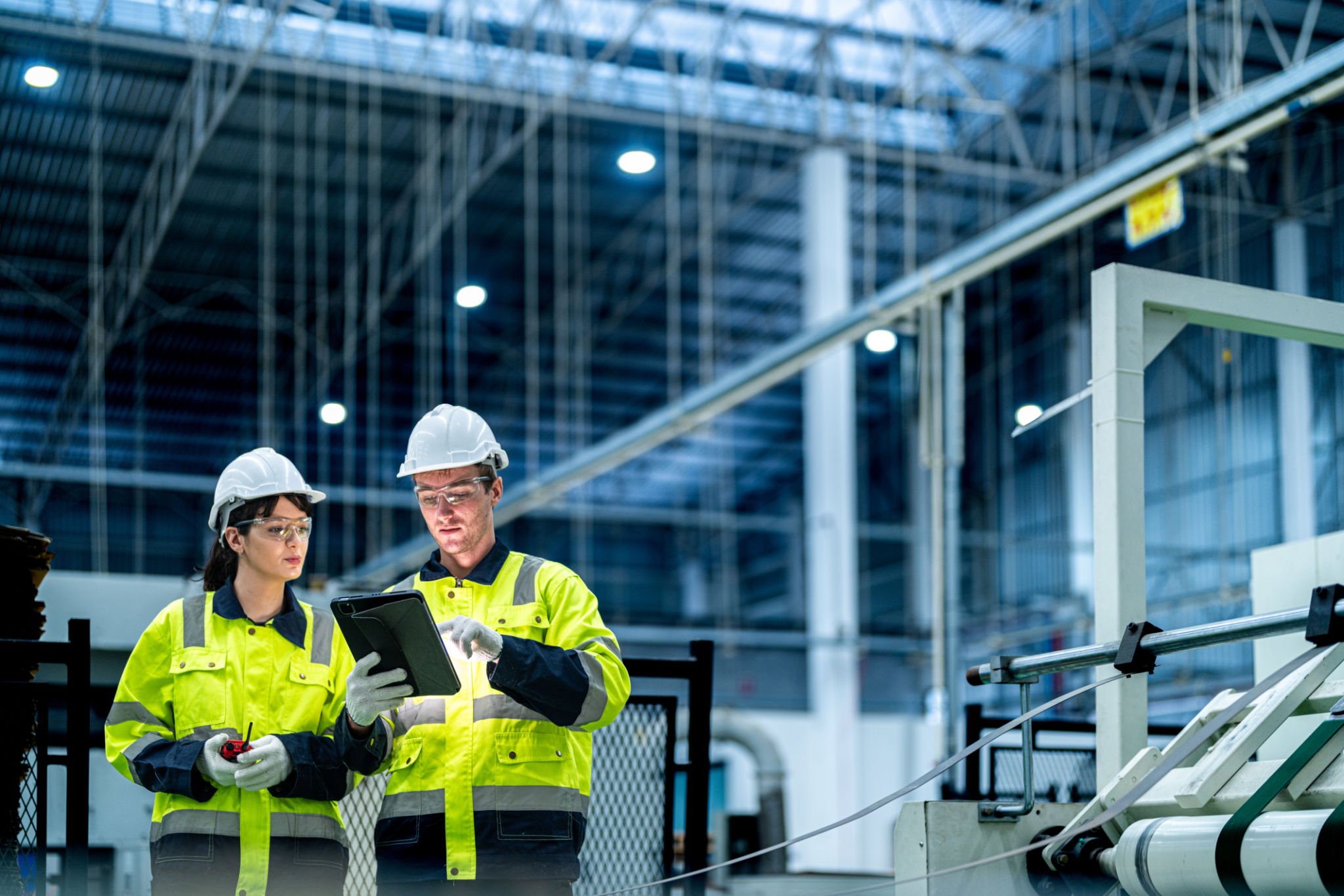Case Study: Success Stories of Automation in Electroplating from ÖMES Otomasyon Mühendislik
Introduction to Automation in Electroplating
In the ever-evolving manufacturing landscape, automation has emerged as a crucial factor in enhancing productivity and efficiency. One industry that has significantly benefited from this technological advancement is electroplating. ÖMES Otomasyon Mühendislik, a leader in the field, has pioneered several successful automation projects that underscore the transformative power of automation in electroplating processes.
Electroplating involves coating a metal object with a thin layer of another metal by using an electric current. This process requires precision and consistency, which can be challenging when relying solely on manual labor. Automation addresses these challenges by streamlining operations, reducing errors, and improving product quality.

Streamlining Processes with Automation
ÖMES Otomasyon Mühendislik has implemented automation solutions that have streamlined the electroplating process. By integrating automated systems, they have minimized human intervention, resulting in more consistent and precise plating outcomes. This has not only improved the quality of the final products but also reduced waste and rejected batches.
One of the key success stories involves the introduction of robotic arms in the plating lines. These robots handle materials with impeccable precision, ensuring that each item receives an even coat. Additionally, they operate tirelessly around the clock, significantly boosting throughput and reducing turnaround times for orders.

Enhanced Quality Control
Quality control is paramount in electroplating, as even minor inconsistencies can lead to significant defects. ÖMES Otomasyon Mühendislik has leveraged automation to introduce advanced quality control mechanisms. Automated sensors and cameras are strategically placed along the production line to detect anomalies and ensure that each piece meets stringent quality standards.
This level of oversight was previously unattainable with manual inspections. Automated systems can rapidly analyze data and provide real-time feedback, allowing for immediate adjustments and minimizing the risk of defective products reaching clients.

Cost Reduction and Efficiency
Implementing automation has also led to substantial cost reductions in electroplating operations. By decreasing the reliance on manual labor, ÖMES Otomasyon Mühendislik has been able to cut down on labor costs while simultaneously increasing production capacity. This efficiency translates into lower operational costs and higher profit margins.
Moreover, automated systems are designed to optimize the use of resources such as electricity and plating materials. By precisely controlling these inputs, waste is minimized, further contributing to cost-efficiency.
Improved Safety and Worker Satisfaction
Automation has also enhanced workplace safety in electroplating facilities. The environment can be hazardous due to exposure to chemicals and high temperatures. By automating many of the processes, workers are less exposed to these risks, leading to a safer working environment.
This shift not only protects employees but also boosts their job satisfaction. With automation taking over repetitive and dangerous tasks, workers can focus on more engaging activities that require human creativity and decision-making.

Conclusion: The Future of Electroplating
The success stories from ÖMES Otomasyon Mühendislik highlight the profound impact that automation can have on the electroplating industry. By adopting state-of-the-art automated solutions, companies can achieve unprecedented levels of efficiency, quality, and safety.
As technology continues to advance, the opportunities for further innovation in electroplating are boundless. ÖMES Otomasyon Mühendislik remains at the forefront of this transformation, setting new benchmarks for excellence in automated manufacturing processes.
